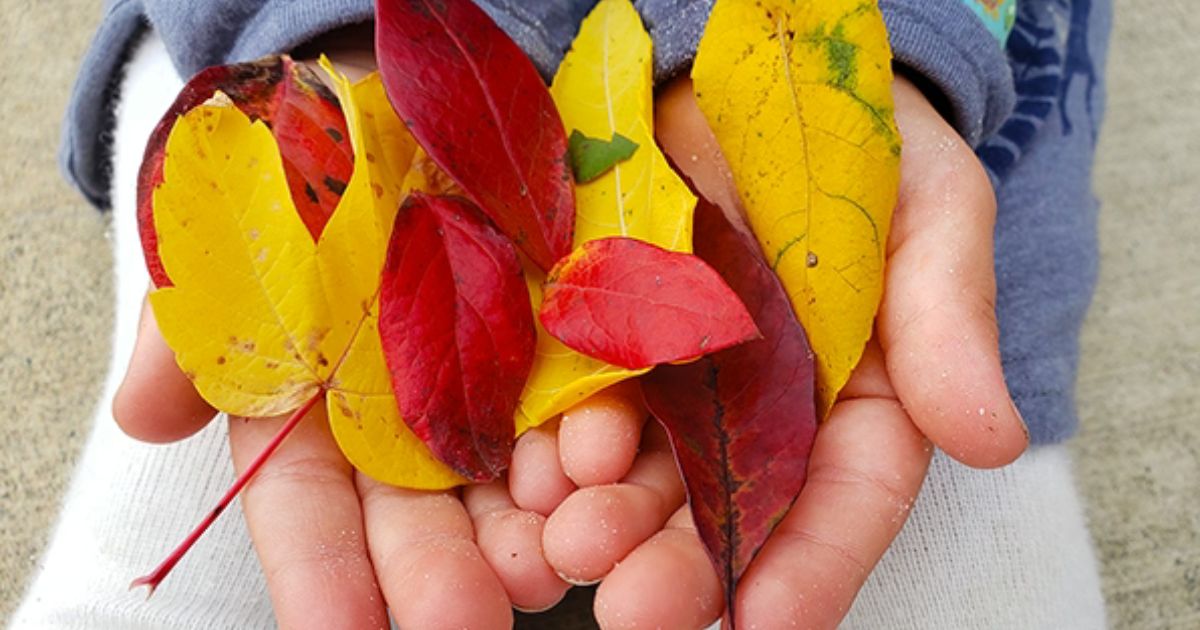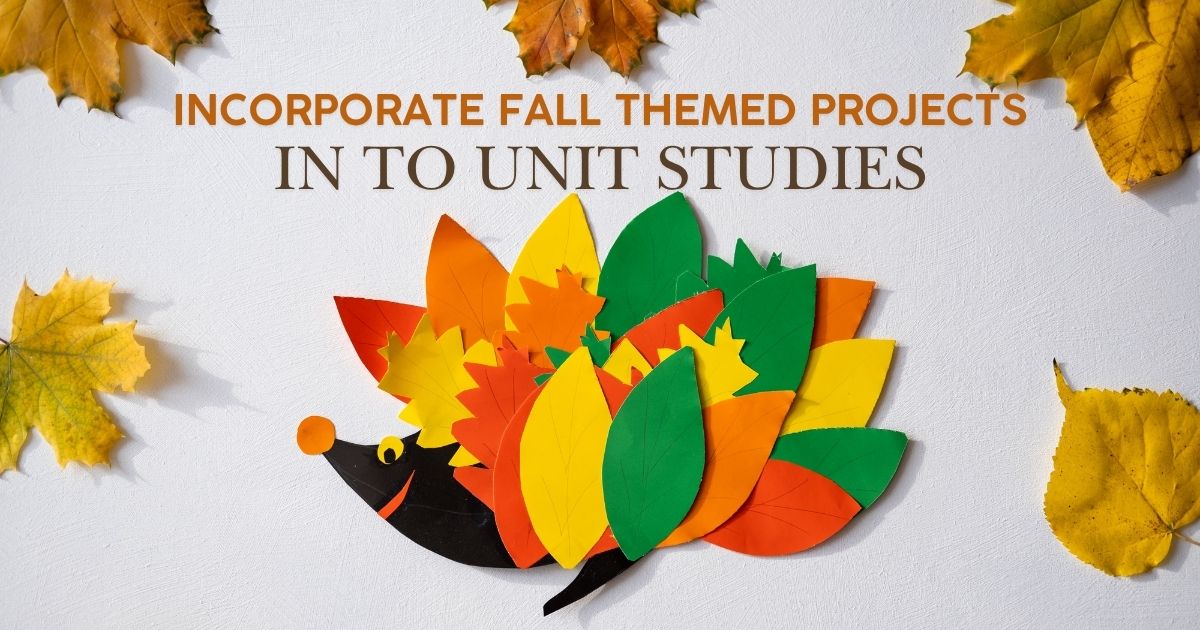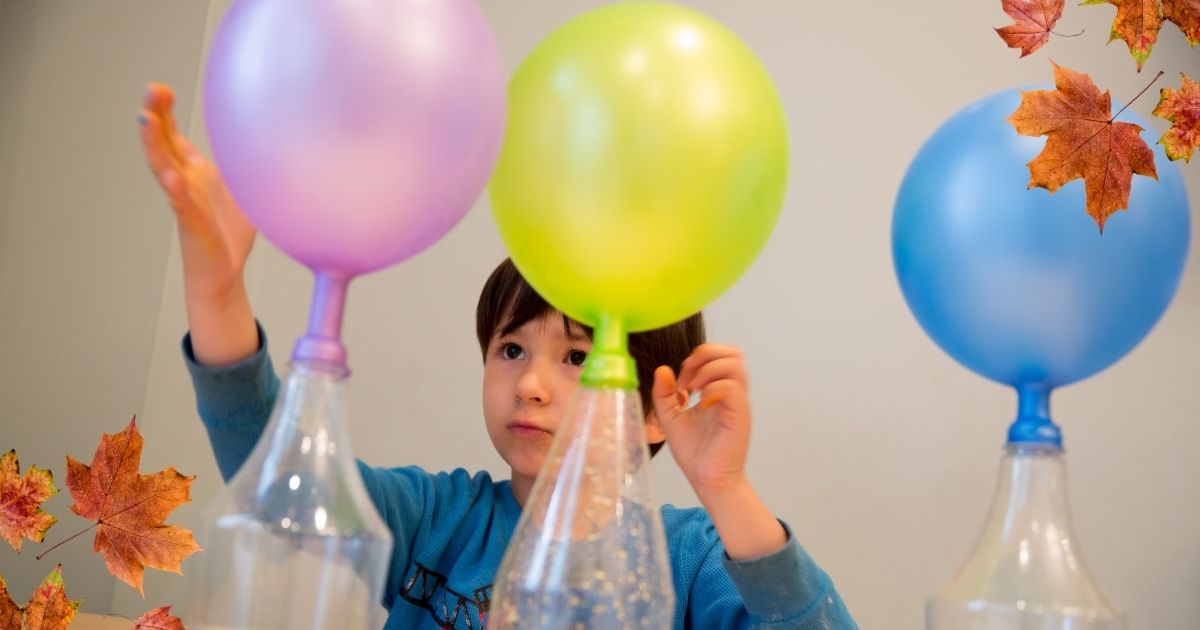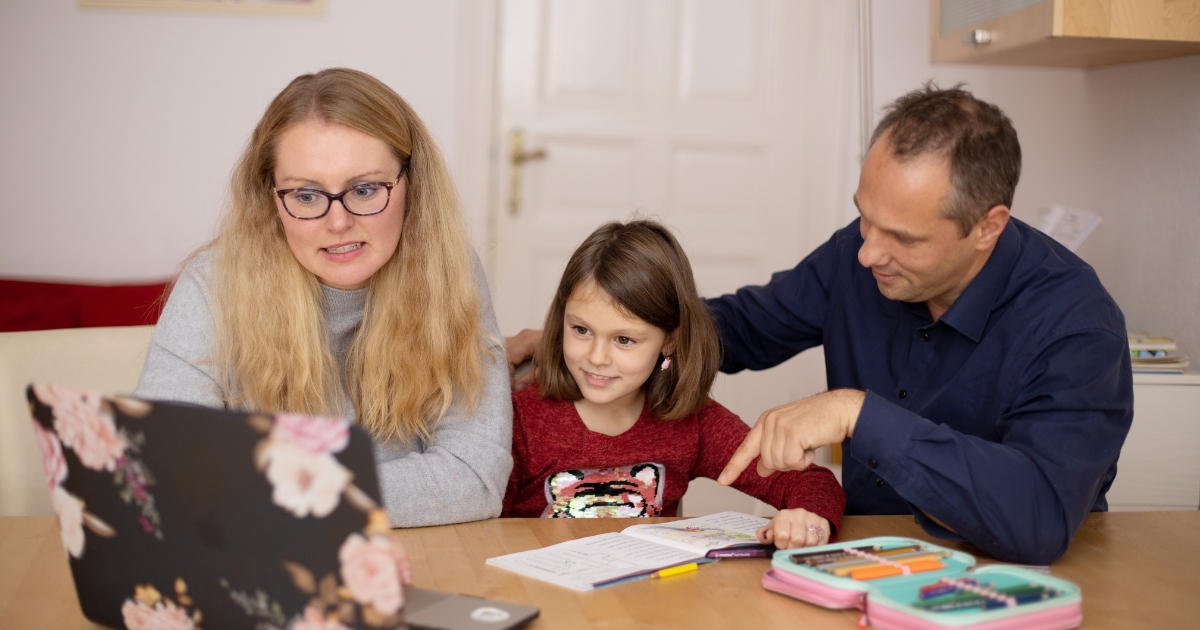The air is getting crisp, the leaves are starting to turn brilliant shades of red and gold, and pumpkin spice is officially everywhere. Autumn is a season of change and wonder, making it the perfect time to refresh your homeschool routine. One of the best ways to capture the magic of the season is by weaving it into your lessons. If you’re looking for some fantastic fall unit study ideas, you’ve come to the right place. We’re going to explore how to turn this colorful season into a powerhouse of hands-on learning.
Unit studies are a fantastic way to dive deep into a topic, integrating multiple school subjects around a central theme. Instead of teaching science, history, and language arts as separate, boxed-in subjects, a unit study connects them. The fall season provides an incredibly rich and engaging theme that naturally lends itself to this holistic approach. You can study the science of changing leaves, the history of harvest festivals, the math involved in baking a pie, and the art of a sunset, all under the umbrella of autumn.
Getting Started With Your Fall Unit Study
Before you dive headfirst into a pile of leaves (and lesson plans), it’s helpful to lay a little groundwork. The beauty of a unit study is its flexibility. You can make it as simple or as elaborate as you want, depending on your children’s ages, interests, and your own teaching style. A great starting point is a simple brainstorming session. Grab a cozy blanket, a warm drink, and a notebook, and start jotting down everything that comes to mind when you think of fall.
Your list might include things like:
- Pumpkins
- Apples
- Changing leaves
- Migration and hibernation
- Harvest
- Corn mazes
- Thanksgiving
- Spiders
- Scarecrows
- Cozy sweaters and bonfires
Once you have your list, circle a few key topics that spark the most excitement for you and your kids. These will become the cornerstones of your unit study. From there, you can start thinking about specific activities and how they connect to different subjects. Don’t feel pressured to cover everything. Pick what works for your family and run with it!
Awesome Fall Unit Study Ideas And Activities
Ready for the fun part? Here are some subject-specific ideas to get your creative juices flowing. Remember to adapt these to fit the age and skill level of your children. The goal is to make learning feel less like a chore and more like an adventure.
Science: The World in Transition
Fall is a biologist’s and botanist’s dream! The natural world is buzzing with activity, providing endless opportunities for scientific discovery right in your backyard.
- Leaf Chromatography: Why do leaves change color? This simple experiment can show your kids the hidden pigments in a green leaf. All you need are some leaves, a jar, rubbing alcohol, and a coffee filter. Mash the leaves in the jar, add a little alcohol, and place a strip of coffee filter into the mixture. In a few hours, you’ll see the different pigments (like yellow and orange) separate on the paper.
- Animal Adaptations: Explore how animals prepare for winter. You can create a chart to track which animals migrate (like monarch butterflies and geese) and which hibernate (like bears and groundhogs). Build a “hibernation den” out of pillows and blankets for younger kids or research the incredible journey of a specific migratory bird with older students.
- Pumpkin Science: Don’t just carve your pumpkin—dissect it!
- Estimate & Measure: Before cutting it open, have your kids estimate its weight, circumference, and the number of seeds inside.
- Investigate: Use a kitchen scale and measuring tape to find the actual numbers. Compare the results with your estimates.
- Sink or Float?: Fill a large tub or your bathtub with water and see if the pumpkin floats. Discuss density and why something so heavy can still float.
- Decomposition: Place the pumpkin outside after Halloween and observe its decomposition process over several weeks. Create a journal to sketch or take pictures of the changes.

Math: Numbers in Nature and the Kitchen
Math is all around us, and fall provides some delicious and tangible ways to practice key skills. From the farmers market to the kitchen, numbers come to life.
- Apple Orchard Math: A trip to the apple orchard is a classic fall activity. Turn it into a math lesson!
- Younger kids can practice counting by sorting apples by color or size.
- Older kids can calculate the cost of a bag of apples based on weight and price per pound.
- Practice fractions by cutting apples into halves, quarters, and eighths.
- Baking Fun: Baking a pumpkin or apple pie is a perfect autumn-themed learning activity. Doubling a recipe involves multiplication, measuring ingredients uses fractions, and timing the bake is a practical application of time-telling. Let your kids take the lead on reading the recipe and measuring the ingredients.
- Geometric Leaf Art: Gather a variety of leaves and have your kids identify shapes within them. Can they find triangles, ovals, or stars? They can also use the leaves to create tessellations or symmetrical patterns, exploring geometric concepts in a creative way.
History & Social Studies: Harvests and Traditions
Autumn is steeped in history, from ancient harvest festivals to more modern traditions. This is a great time to explore how people have celebrated the season throughout time and around the world.
- The History of Thanksgiving: Move beyond the traditional story of Pilgrims and Native Americans. Research the Wampanoag tribe and their way of life. Learn about Sarah Josepha Hale, the woman who campaigned for decades to make Thanksgiving a national holiday. You could even cook a meal using only ingredients that would have been available at the first Thanksgiving.
- Harvest Festivals Around the World: Many cultures have celebrations centered around the harvest. Research festivals like the Mid-Autumn Festival in China, Sukkot in Judaism, or Erntedankfest in Germany. Compare and contrast their traditions, foods, and meanings. This is a wonderful way to incorporate geography and cultural studies.
- Local History: Investigate your own town’s history. Did it start as a farming community? Are there any local legends or historical events tied to the autumn season? A visit to a local historical society or museum can be a great field trip.
Language Arts: Reading, Writing, and Storytelling
The cozy atmosphere of fall is perfect for curling up with a good book or writing a spooky story. The season provides endless inspiration for language arts projects. You can select a few chapter books to read aloud as a family, focusing on autumnal themes. Books like The Little House on the Prairie series have wonderful descriptions of seasonal preparations, while a classic like The Legend of Sleepy Hollow can set a perfectly spooky mood for older readers.
Encourage creative writing by providing fall-themed story prompts. What if a scarecrow came to life? What adventures would a migrating goose have on its journey south? For a fun poetry lesson, have your kids write acrostic poems using words like “AUTUMN,” “PUMPKIN,” or “HARVEST.” This helps them practice descriptive language and vocabulary while being creative. Don’t forget to practice practical writing, too; writing down the steps for your leaf chromatography experiment is great practice for procedural writing.
Art & Music: Capturing the Beauty of the Season
The colors, sounds, and textures of fall are a feast for the senses, making it an ideal muse for art and music projects. Don’t just look at the beauty—create it! Gather natural materials on a nature walk, like colorful leaves, acorns, pinecones, and twigs. Use these to create a beautiful nature collage or build small sculptures. Leaf rubbing is a classic activity for a reason; it’s simple, fun, and reveals the intricate vein patterns of each leaf.
Musically, you can explore Vivaldi’s “Autumn” from The Four Seasons and discuss how the music evokes images of the season. Listen for the energetic harvesting dance or the gentle patter of rain. You could even create your own fall soundtrack by making a playlist of songs that feel “autumnal” to your family, discussing why each song fits the mood. These activities help children express their perceptions of the season in creative, non-verbal ways.
Bringing It All Together
The magic of a unit study happens when you connect all these different threads. As you conduct your pumpkin science experiment, read a book about a pumpkin patch. While learning about the history of Thanksgiving, bake a pie and practice your math skills. The connections are what make the learning stick. A fall unit study doesn’t have to be overwhelming. It can be as simple as a week spent focusing on apples or as complex as a month-long exploration of harvest traditions. The most important thing is to follow your children’s curiosity and have fun together.
Find More Homeschool Inspiration
We hope these ideas have sparked your imagination for creating an unforgettable fall learning experience. By embracing seasonal homeschool projects, you can make education a natural and joyful part of your family’s life.
Looking for more tips, resources, and encouragement for your homeschool journey? Explore the DKM Homeschool Resource blog. We have a wealth of articles designed to support you every step of the way, from curriculum choices to daily scheduling and everything in between.




